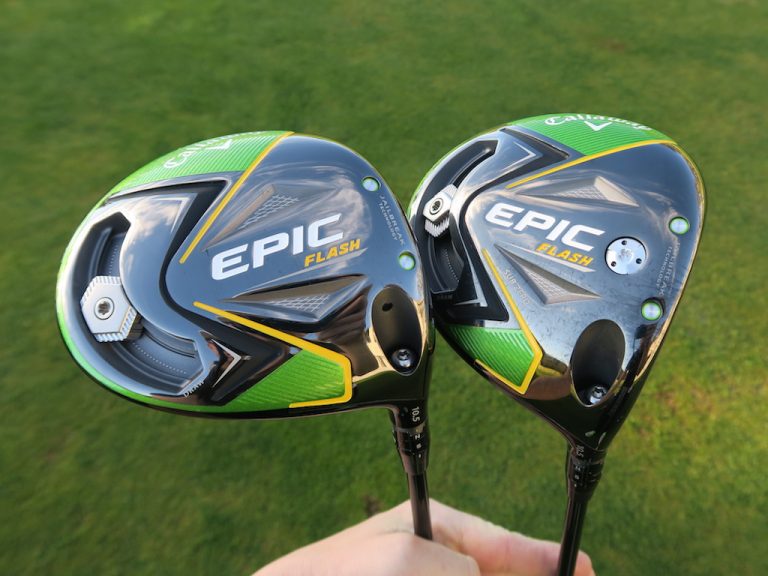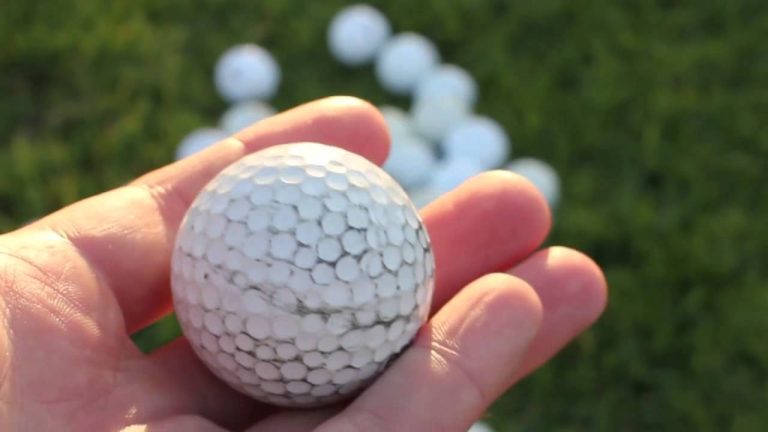How Does A Laser Rangefinder Work

In various fields, from outdoor sports and recreational activities to engineering and surveying, the ability to measure distances accurately is paramount. This is where laser rangefinders come into play. These handheld devices have revolutionized the way we measure distances, providing precise and reliable results with a simple point-and-shoot mechanism.
But how exactly does a laser rangefinder work? What enables it to calculate distances with such remarkable accuracy? In this comprehensive guide, we will delve into the intricacies of laser rangefinder technology, uncovering the science behind their operation and exploring their practical applications.
We will embark on a journey to understand the inner workings of laser rangefinders, from the emission and reflection of laser beams to the calculation of time-of-flight and distance. We will unravel the key components and functions that make laser rangefinders indispensable tools in fields such as hunting, golfing, and construction.
By the end of this guide, you will have a clear understanding of how laser rangefinders work and their significance in precise distance measurement. So, let’s embark on this enlightening exploration and unveil the technology that enables laser rangefinders to deliver accurate and reliable distance measurements.

Understanding the Basics of Laser Rangefinders
To comprehend how laser rangefinders work, it is essential to grasp the basic principles behind these devices. Laser rangefinders utilize laser technology to measure the distance between the device and a target object. By emitting a laser beam and analyzing its reflection, these devices can calculate the distance with remarkable precision.
The Main Components of a Laser Rangefinder
Laser rangefinders consist of several crucial components that work together to facilitate accurate distance measurement. Let’s explore each of these components and their functions:
Laser Emitter
The laser emitter is responsible for generating a highly focused laser beam. It utilizes laser diodes, which produce coherent light, meaning the light waves are in phase and have a consistent wavelength. This coherence is vital for accurate distance calculations.
Receiver and Optics
The receiver captures the laser beam after it reflects off the target object. The optics in the rangefinder help to focus and direct the incoming light onto the receiver. The receiver then analyzes the received signal to determine the time it took for the laser beam to travel to the target and back.
Internal Electronics
The internal electronics of a laser rangefinder process the signals received from the receiver. They calculate the time-of-flight of the laser beam and apply algorithms to convert it into a distance measurement. These electronics also control other functions of the rangefinder, such as display and data processing.
Laser Rangefinder Operation: Step by Step
Now let’s take a closer look at how a laser rangefinder operates to measure distance. The process can be broken down into the following steps:
- Laser Emission: The rangefinder emits a short but powerful laser pulse towards the target object.
- Time-of-Flight Measurement: The emitted laser beam travels to the target and reflects off it. The receiver detects the reflected light, and the rangefinder measures the time it takes for the laser pulse to make the round trip.
- Distance Calculation: Using the speed of light as a constant, the rangefinder calculates the distance based on the time it took for the laser beam to travel.
Understanding Laser Technology in Rangefinders
Laser technology plays a vital role in the accuracy and functionality of laser rangefinders. Let’s delve deeper into some key aspects of laser technology used in rangefinders:
Coherence and Wavelength
The laser beam emitted by a rangefinder has high coherence, meaning the light waves are in sync and have a consistent wavelength. This coherence allows for precise interference-based distance calculations.
Laser Safety
As laser rangefinders utilize powerful laser beams, it is crucial to consider laser safety. Rangefinders adhere to specific safety standards, including the classification of lasers, power limitations, and guidelines for safe operation.
Factors Affecting Laser Rangefinder Accuracy
Several factors can impact the accuracy of laser rangefinder measurements. It’s important to consider these factors to achieve optimal results:
Atmospheric Conditions
Atmospheric conditions, such as fog, rain, or dust particles, can scatter or absorb the laser beam, affecting its travel and reflection. Adverse weather conditions may reduce the rangefinder’s accuracy.
Target Reflectivity
The reflectivity of the target object can influence the amount of laser light reflected back to the laser rangefinder. Objects with low reflectivity may not reflect enough light for accurate distance measurement, while highly reflective surfaces can produce strong reflections that may require adjustments in settings or measurements.
Alignment Considerations
Proper alignment between the rangefinder and the target object is crucial for accurate distance measurement. Misalignment, caused by shaky hands or an unstable stance, can result in errors in the calculated distance. Maintaining a steady grip and aligning the rangefinder’s crosshairs or reticle with the target is essential for reliable measurements.
Advanced Features and Functions
Modern laser rangefinders often incorporate advanced features and functions to enhance their usability and versatility. Let’s explore some of these features:
Angle Compensation
Angle compensation takes into account the angle between the rangefinder and the target object. This feature adjusts the distance measurement to compensate for elevation differences, providing a more accurate horizontal distance.
Multiple Target Measurement
Some laser rangefinders offer the capability to measure the distance to multiple targets within a single scan. This feature is particularly useful in golf or hunting scenarios where there may be multiple objects of interest.
Data Integration
Certain laser rangefinders can integrate with external devices, such as smartphones or GPS units, to provide additional data or enable advanced functionalities. This integration allows for more comprehensive data analysis, mapping, or sharing of measurements.
Laser Safety Considerations
Laser safety is of utmost importance when using laser rangefinders. These devices emit powerful laser beams that can pose risks if not handled properly. Here are some safety considerations:
- Avoid Direct Eye Exposure: Never look directly into the laser beam or point it at people or animals. Direct exposure to laser light can cause eye damage.
- Read and Follow Manufacturer’s Instructions: Familiarize yourself with the safety guidelines provided by the rangefinder manufacturer. Adhere to the recommended operating procedures to ensure safe usage.
- Choose the Appropriate Laser Class: Laser rangefinders are classified into different classes based on their power and potential hazards. Select a rangefinder that meets your specific needs and aligns with the intended application.
Conclusion
Laser rangefinders have revolutionized distance measurement in various fields, providing precise and reliable results. Understanding the technology behind laser rangefinders allows us to appreciate their capabilities and make the most of their functionalities. From the main components and operation to advanced features and safety considerations, this guide has provided a comprehensive overview of how laser rangefinders work.
By applying proper alignment techniques, considering factors that affect accuracy, and following safety guidelines, users can harness the full potential of laser rangefinders. Whether in golfing, hunting, surveying, or other activities that rely on accurate distance measurement, laser rangefinders continue to be indispensable tools for professionals and enthusiasts alike.





